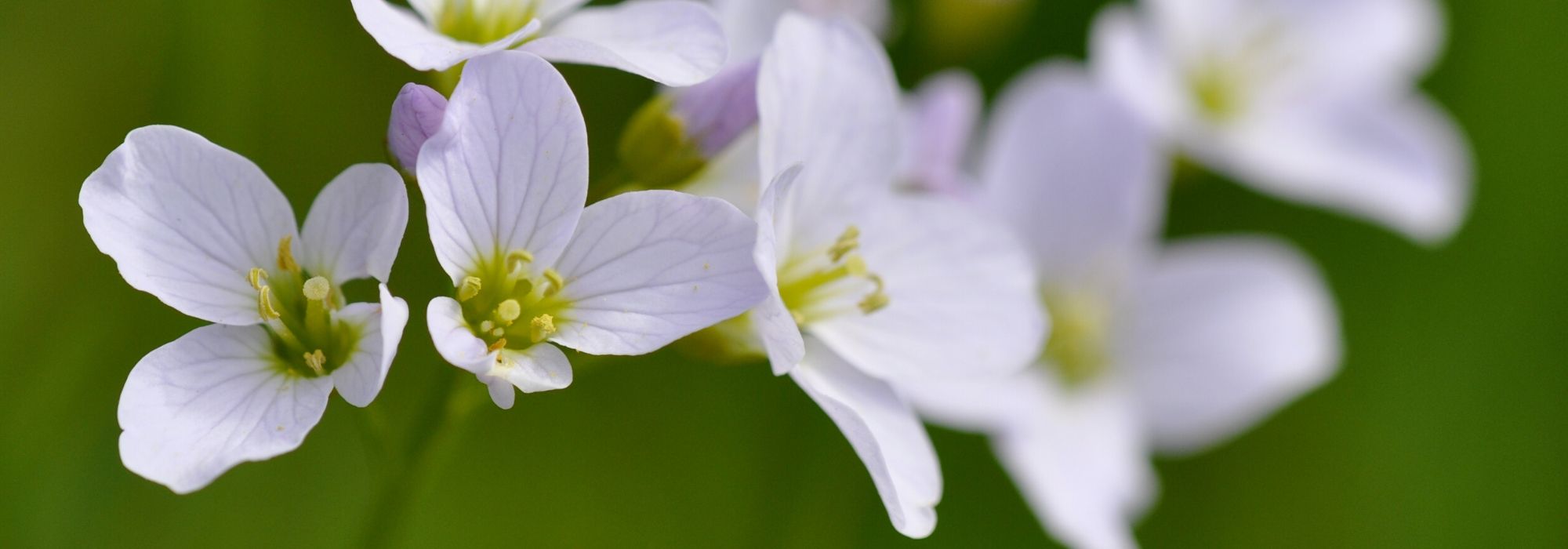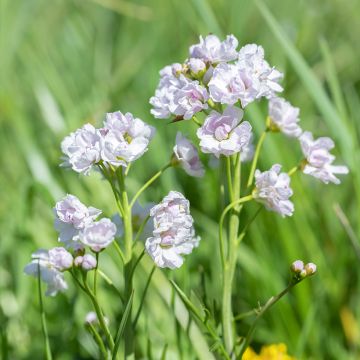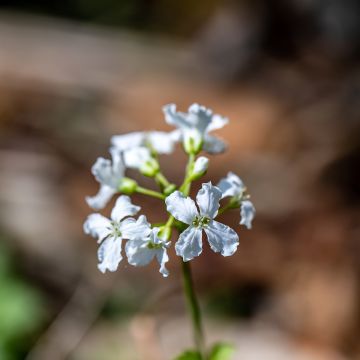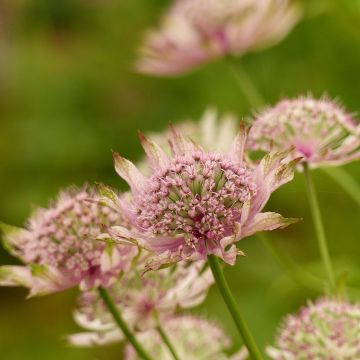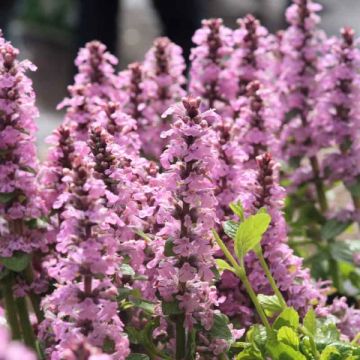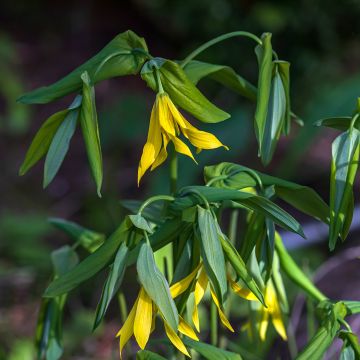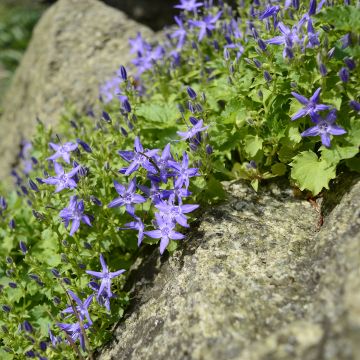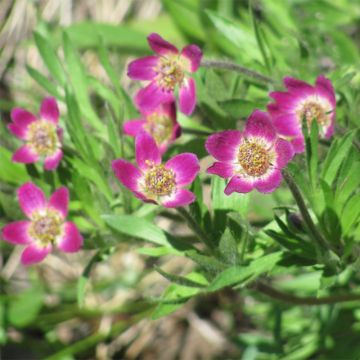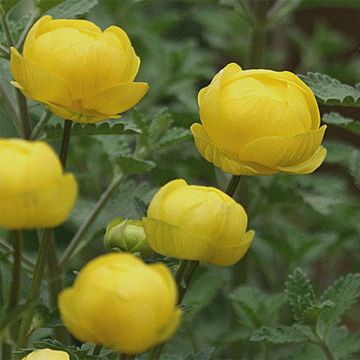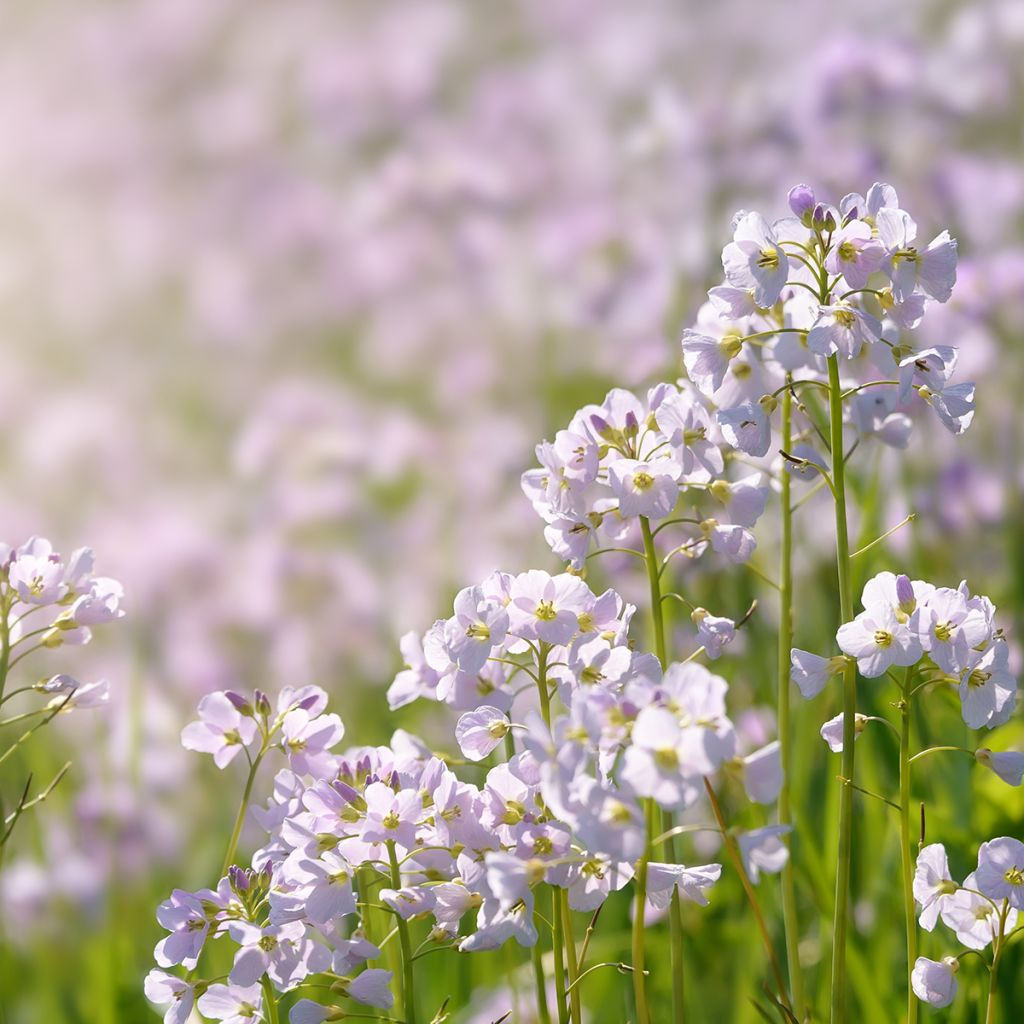

Cardamine pratensis
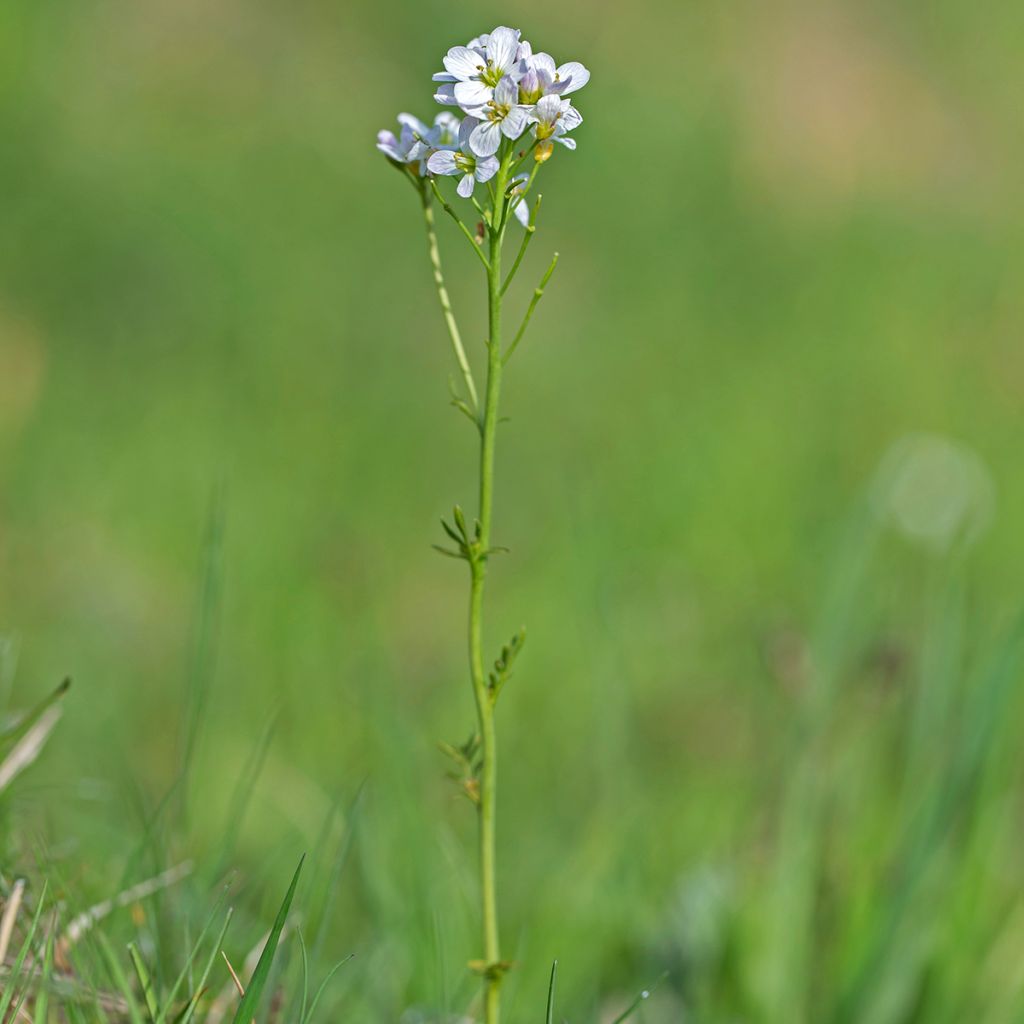

Cardamine pratensis
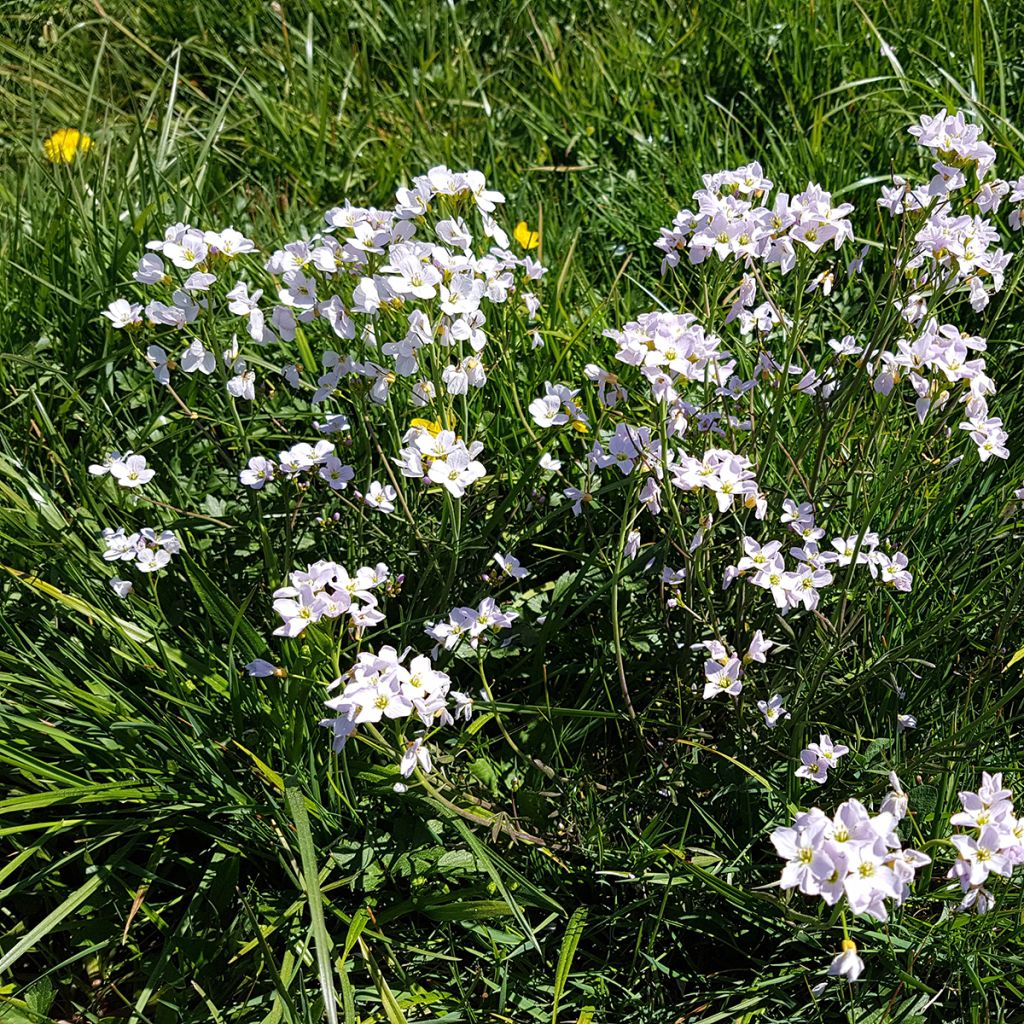

Cardamine pratensis
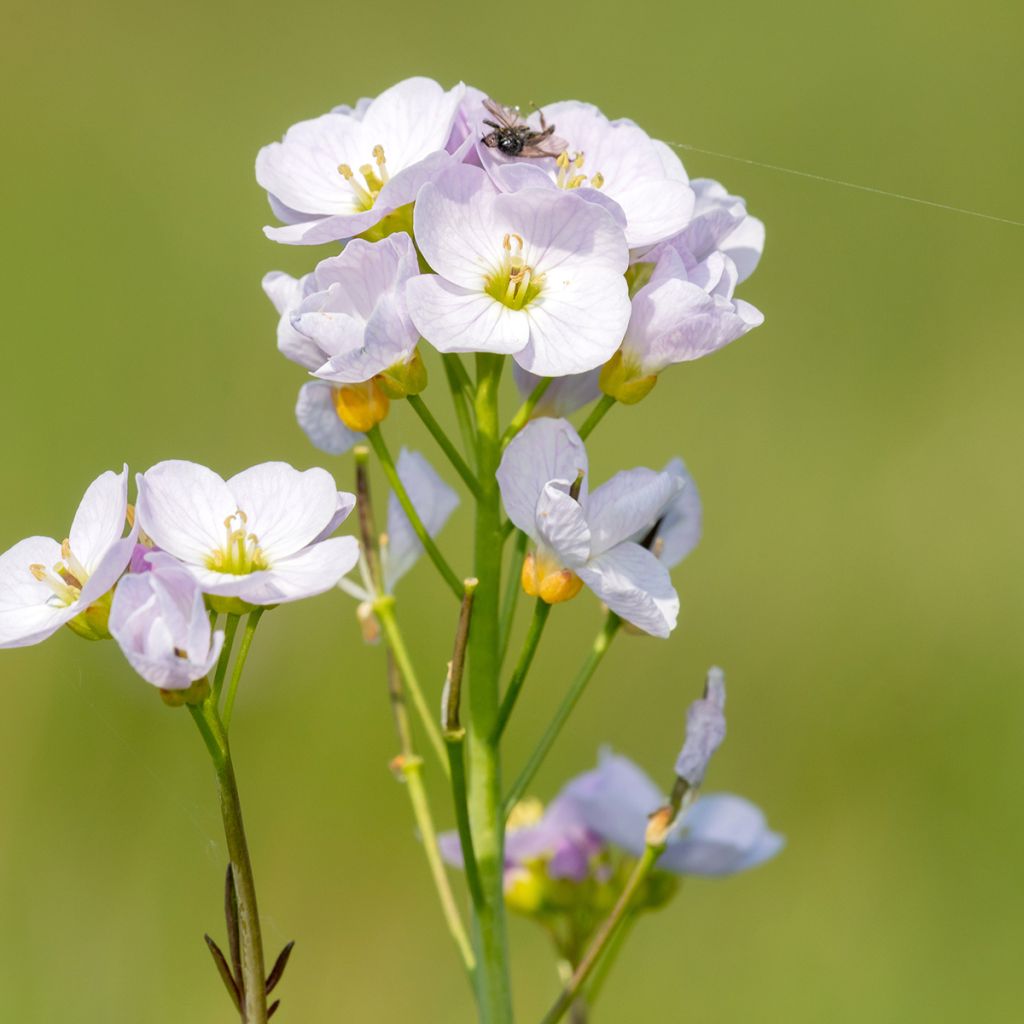

Cardamine pratensis
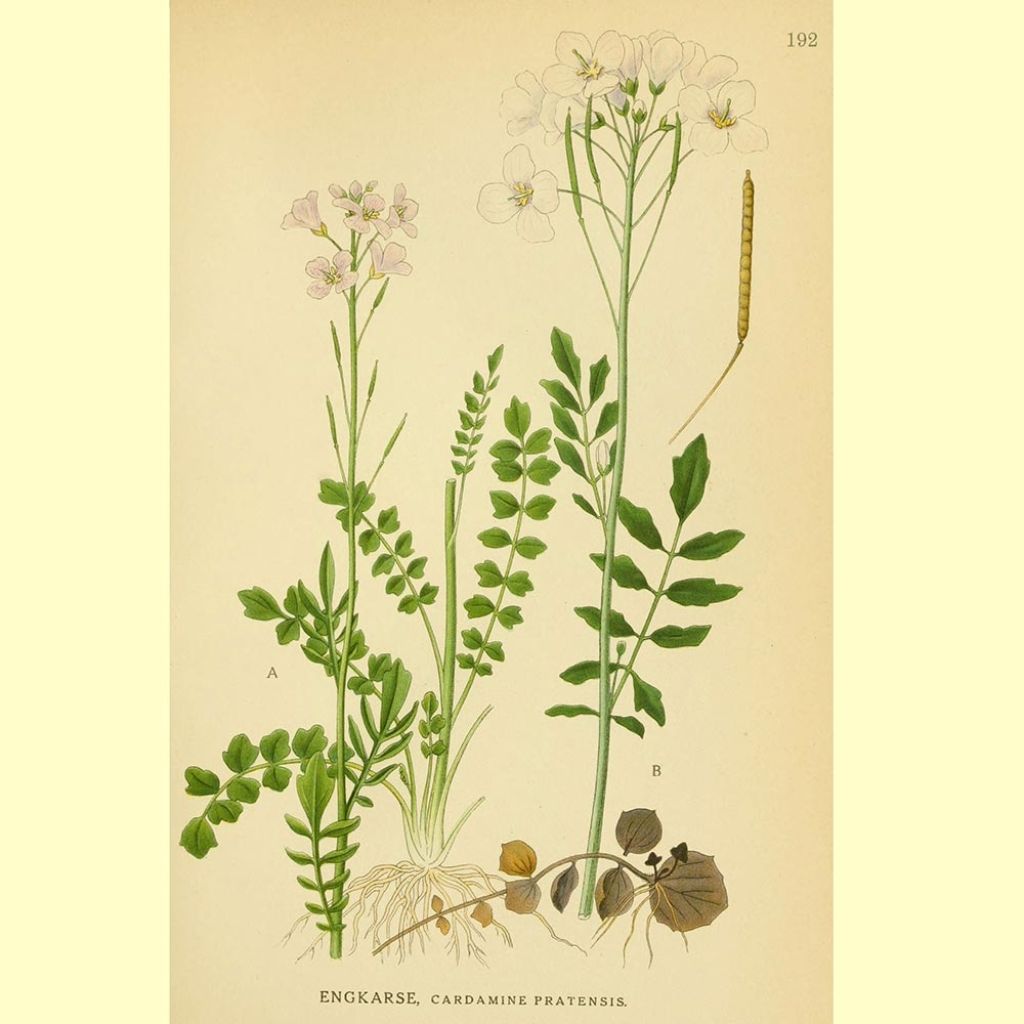

Cardamine pratensis
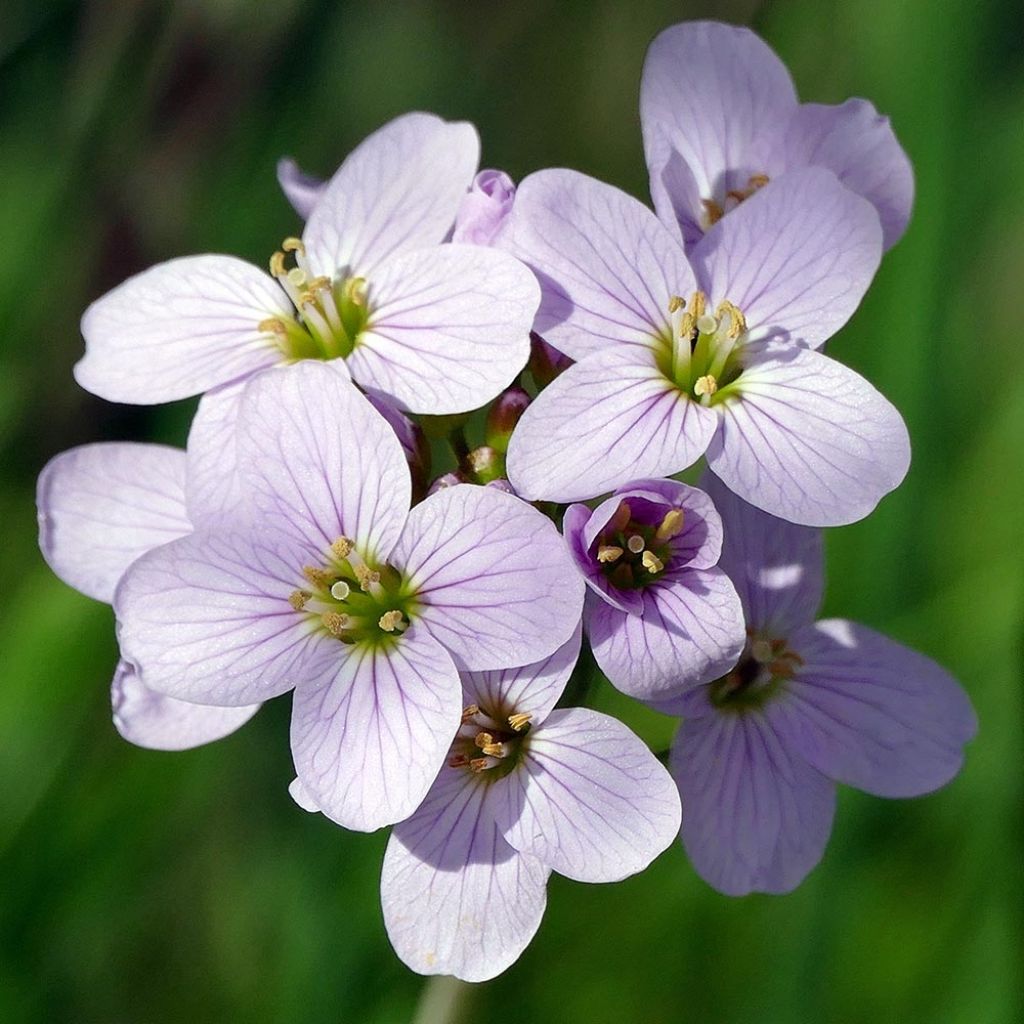

Cardamine pratensis
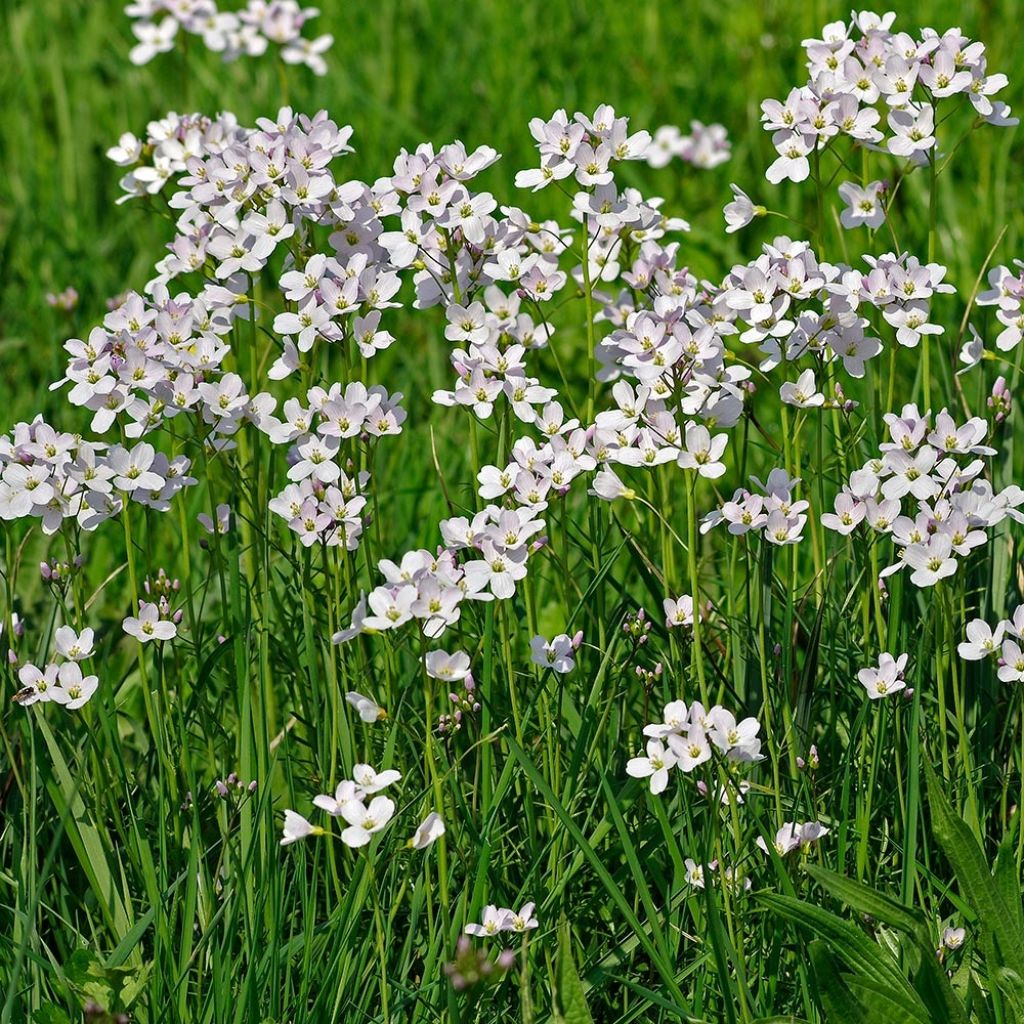

Cardamine pratensis
Cardamine pratensis
Cardamine pratensis
Bread and milk, Cuckoo bread, Cuckoo buds, Cuckoo flower, Cuckoo spit, Lady's flower, Lady's smock, Mayflower, Meadow bittercress, Meadow cress, Spinks, Spring cress
Very pleased with my 4 healthy young plants received. Now I'm looking forward to the Aurores!
Arnaud, 12/12/2023
Special offer!
Receive a €20 voucher for any order over €90 (excluding delivery costs, credit notes, and plastic-free options)!
1- Add your favorite plants to your cart.
2- Once you have reached €90, confirm your order (you can even choose the delivery date!).
3- As soon as your order is shipped, you will receive an email containing your voucher code, valid for 3 months (90 days).
Your voucher is unique and can only be used once, for any order with a minimum value of €20, excluding delivery costs.
Can be combined with other current offers, non-divisible and non-refundable.
Home or relay delivery (depending on size and destination)
Schedule delivery date,
and select date in basket
This plant carries a 12 months recovery warranty
More information
We guarantee the quality of our plants for a full growing cycle, and will replace at our expense any plant that fails to recover under normal climatic and planting conditions.
Does this plant fit my garden?
Set up your Plantfit profile →
Description
Cardamine pratensis is a small perennial plant that can be found in wet areas of our countryside. Depending on the region, it is called Meadow Cress, False Cress, or Little Cress, due to its resemblance, both in appearance and taste, to watercress. It is an edible and aromatic plant with a peppery flavour that pairs well with roasted poultry, salads, and soups. In spring, it blooms in clusters of white to lilac flowers, along with buttercups and dandelions. It likes heavy and moist soils. It can be a decorative addition to stream edges or clear and cool woodlands.
Meadow cress belongs to the Brassicaceae family and is related to watercress, mustard, and rapeseed. It is widespread in Europe, especially in central and northern regions, Siberia, and northern America. It naturally grows in wet meadows and along streams. It thrives on clayey and damp limestone soils.
It is a very hardy perennial plant with a weakly stoloniferous rootstock. It emerges from the ground in spring and often disappears in early summer. The plant is not dead but protects itself from heat and summer drought. It forms rosettes of 3 to 7 rounded leaflets with a medium green and glossy colour, reminiscent of watercress. The simple and graceful flowering occurs in spring, from April to June depending on the region. Short floral stems covered with a few small entire leaves, measuring 30 to 40cm (12 to 16in) in height, bear loose clusters of 3 to 6 flowers with 4 petals. These flowers are about 1.5cm (1in) in diameter and have a soft pinkish-lilac colour, almost white. After pollination by insects, the flowers give way to long and slender siliques that open explosively, dispersing the small seeds in the surrounding area.
In the garden:
Cardamines are among the first plants to bloom in spring, along with narcissus, early tulips, daisies, lungworts, Omphalodes, and more. They are low-maintenance plants that thrive in any moist soil, including clay, in full sun or preferably partial shade. You can create a beautiful spring scene by planting them with Lychnis Jenny, pink astilbes, Mertensia virginica, and white or pink Physostegia virginiana.
In the kitchen:
Use meadow cress just like watercress: raw in salads, as a garnish for roasted poultry, or cooked in soups and pesto-style sauces. Its delicate flavour evokes both mustard and almond. Be cautious when collecting wild plants as they can host liver flukes, just like watercress.
Cardamine pratensis in pictures
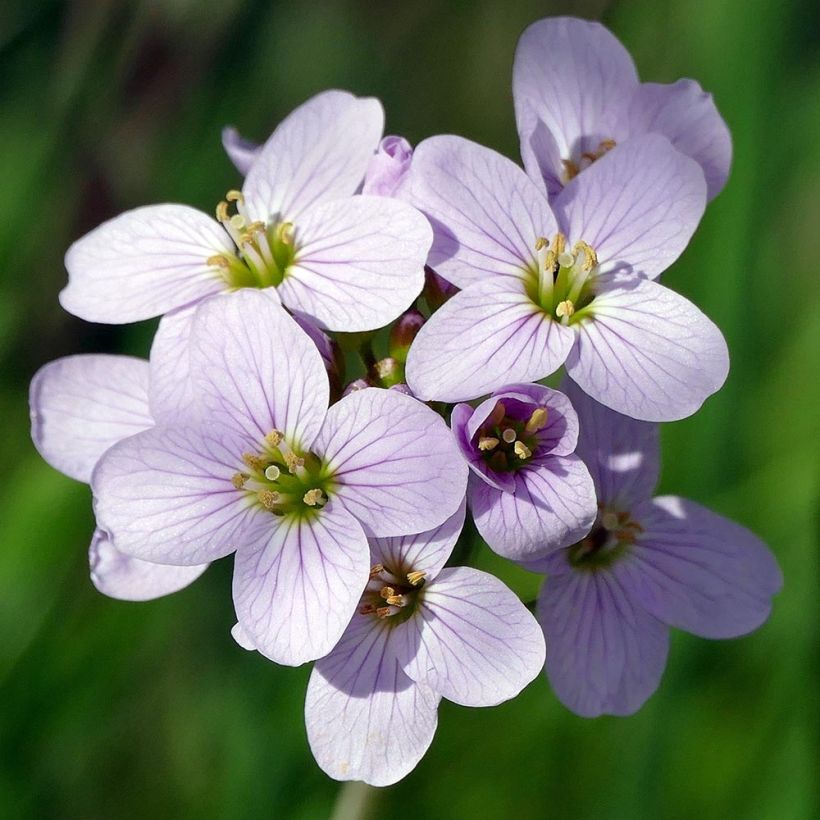



Flowering
Foliage
Plant habit
Botanical data
Cardamine
pratensis
Brassicaceae
Bread and milk, Cuckoo bread, Cuckoo buds, Cuckoo flower, Cuckoo spit, Lady's flower, Lady's smock, Mayflower, Meadow bittercress, Meadow cress, Spinks, Spring cress
Western Europe
Other Cardamine
View all →Planting and care
Cardamine pratensis will thrive in any soil that remains moist to damp, especially if it is rich in clay or humus. Limestone is not a problem (in the wild, this plant is found in distinctly limestone soil). Choose a sunny or semi-shady exposure. The vegetation often dries out in summer, while the plant goes dormant to escape the heat. Perfectly adapted to our winters, this perennial requires no maintenance. It self-seeds spontaneously, without being invasive. It is perfect on the banks of water points or ponds.
Planting period
Intended location
Care
Planting & care advice
-
, onOrder confirmed
Reply from on Promesse de fleurs
Similar products
Haven't found what you were looking for?
Hardiness is the lowest winter temperature a plant can endure without suffering serious damage or even dying. However, hardiness is affected by location (a sheltered area, such as a patio), protection (winter cover) and soil type (hardiness is improved by well-drained soil).

Photo Sharing Terms & Conditions
In order to encourage gardeners to interact and share their experiences, Promesse de fleurs offers various media enabling content to be uploaded onto its Site - in particular via the ‘Photo sharing’ module.
The User agrees to refrain from:
- Posting any content that is illegal, prejudicial, insulting, racist, inciteful to hatred, revisionist, contrary to public decency, that infringes on privacy or on the privacy rights of third parties, in particular the publicity rights of persons and goods, intellectual property rights, or the right to privacy.
- Submitting content on behalf of a third party;
- Impersonate the identity of a third party and/or publish any personal information about a third party;
In general, the User undertakes to refrain from any unethical behaviour.
All Content (in particular text, comments, files, images, photos, videos, creative works, etc.), which may be subject to property or intellectual property rights, image or other private rights, shall remain the property of the User, subject to the limited rights granted by the terms of the licence granted by Promesse de fleurs as stated below. Users are at liberty to publish or not to publish such Content on the Site, notably via the ‘Photo Sharing’ facility, and accept that this Content shall be made public and freely accessible, notably on the Internet.
Users further acknowledge, undertake to have ,and guarantee that they hold all necessary rights and permissions to publish such material on the Site, in particular with regard to the legislation in force pertaining to any privacy, property, intellectual property, image, or contractual rights, or rights of any other nature. By publishing such Content on the Site, Users acknowledge accepting full liability as publishers of the Content within the meaning of the law, and grant Promesse de fleurs, free of charge, an inclusive, worldwide licence for the said Content for the entire duration of its publication, including all reproduction, representation, up/downloading, displaying, performing, transmission, and storage rights.
Users also grant permission for their name to be linked to the Content and accept that this link may not always be made available.
By engaging in posting material, Users consent to their Content becoming automatically accessible on the Internet, in particular on other sites and/or blogs and/or web pages of the Promesse de fleurs site, including in particular social pages and the Promesse de fleurs catalogue.
Users may secure the removal of entrusted content free of charge by issuing a simple request via our contact form.
The flowering period indicated on our website applies to countries and regions located in USDA zone 8 (France, the United Kingdom, Ireland, the Netherlands, etc.)
It will vary according to where you live:
- In zones 9 to 10 (Italy, Spain, Greece, etc.), flowering will occur about 2 to 4 weeks earlier.
- In zones 6 to 7 (Germany, Poland, Slovenia, and lower mountainous regions), flowering will be delayed by 2 to 3 weeks.
- In zone 5 (Central Europe, Scandinavia), blooming will be delayed by 3 to 5 weeks.
In temperate climates, pruning of spring-flowering shrubs (forsythia, spireas, etc.) should be done just after flowering.
Pruning of summer-flowering shrubs (Indian Lilac, Perovskia, etc.) can be done in winter or spring.
In cold regions as well as with frost-sensitive plants, avoid pruning too early when severe frosts may still occur.
The planting period indicated on our website applies to countries and regions located in USDA zone 8 (France, United Kingdom, Ireland, Netherlands).
It will vary according to where you live:
- In Mediterranean zones (Marseille, Madrid, Milan, etc.), autumn and winter are the best planting periods.
- In continental zones (Strasbourg, Munich, Vienna, etc.), delay planting by 2 to 3 weeks in spring and bring it forward by 2 to 4 weeks in autumn.
- In mountainous regions (the Alps, Pyrenees, Carpathians, etc.), it is best to plant in late spring (May-June) or late summer (August-September).
The harvesting period indicated on our website applies to countries and regions in USDA zone 8 (France, England, Ireland, the Netherlands).
In colder areas (Scandinavia, Poland, Austria...) fruit and vegetable harvests are likely to be delayed by 3-4 weeks.
In warmer areas (Italy, Spain, Greece, etc.), harvesting will probably take place earlier, depending on weather conditions.
The sowing periods indicated on our website apply to countries and regions within USDA Zone 8 (France, UK, Ireland, Netherlands).
In colder areas (Scandinavia, Poland, Austria...), delay any outdoor sowing by 3-4 weeks, or sow under glass.
In warmer climes (Italy, Spain, Greece, etc.), bring outdoor sowing forward by a few weeks.






























